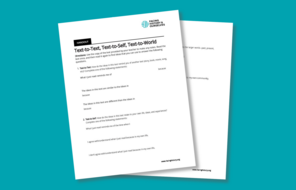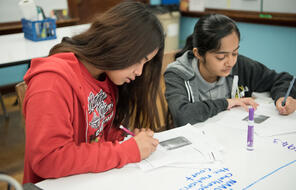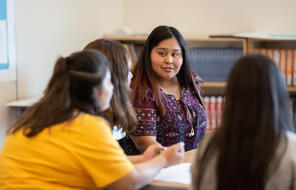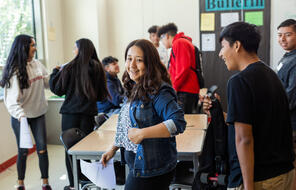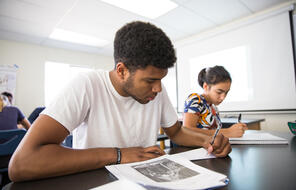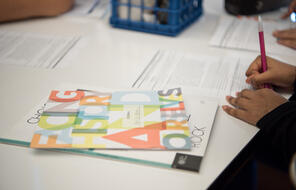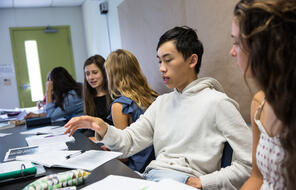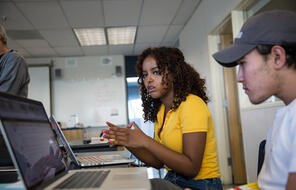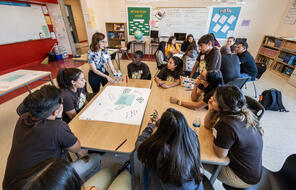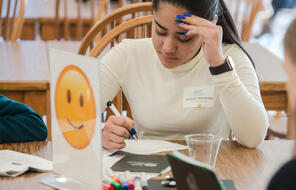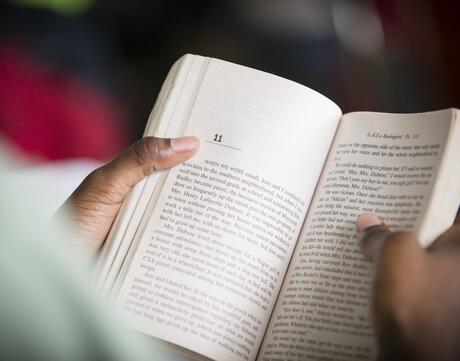
Text-to-Text, Text-to-Self, Text-to-World
At a Glance
Language
English — USSubject
- English & Language Arts
- History
- Social Studies
Grade
6–12Overview
What Is the Text-to-Text, Text-to-Self, Text-to-World Strategy?
Reading comes alive when we recognize how the ideas in a text connect to our experiences and beliefs, events happening in the larger world, our understanding of history, and our knowledge of other texts. The Text-to-Text, Text-to-Self, Text-to-World strategy helps students develop the habit of making these connections as they read. When students are given a purpose for their reading, they are able to better comprehend and make meaning of the ideas in the text.
What Is Text-to-Text?
A text-to-text connection relates the ideas in a text to another text. The texts students connect could be stories, books, movies, songs, or other types of media.
What Is Text-to-Self?
A text-to-self connection ties the ideas in a text to a student’s own life, ideas, and experiences.
What Is Text-to-World?
A text-to-world connection relates a text to events in the larger world: the past, present, and future.
When to Use This Strategy
You can use this strategy with any type of text, historical or literary, and with other media, such as film. It can be used at the beginning, middle, or end of the reading process to get students engaged with a text, to help students understand the text more deeply, or to evaluate students’ understanding of the text.
Procedure
How to Use the Text-to-Text, Text-to-Self, Text-to-World Strategy
Variations on Text-to-Text, Text-to-Self, and Text-to-World
Unlimited Access to Learning. More Added Every Month.
Facing History & Ourselves is designed for educators who want to help students explore identity, think critically, grow emotionally, act ethically, and participate in civic life. It’s hard work, so we’ve developed some go-to professional learning opportunities to help you along the way.
Exploring ELA Text Selection with Julia Torres
On-Demand
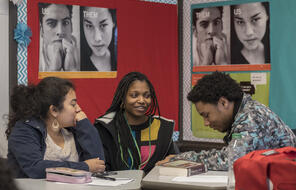
Working for Justice, Equity and Civic Agency in Our Schools: A Conversation with Clint Smith
On-Demand

Centering Student Voices to Build Community and Agency
On-Demand


